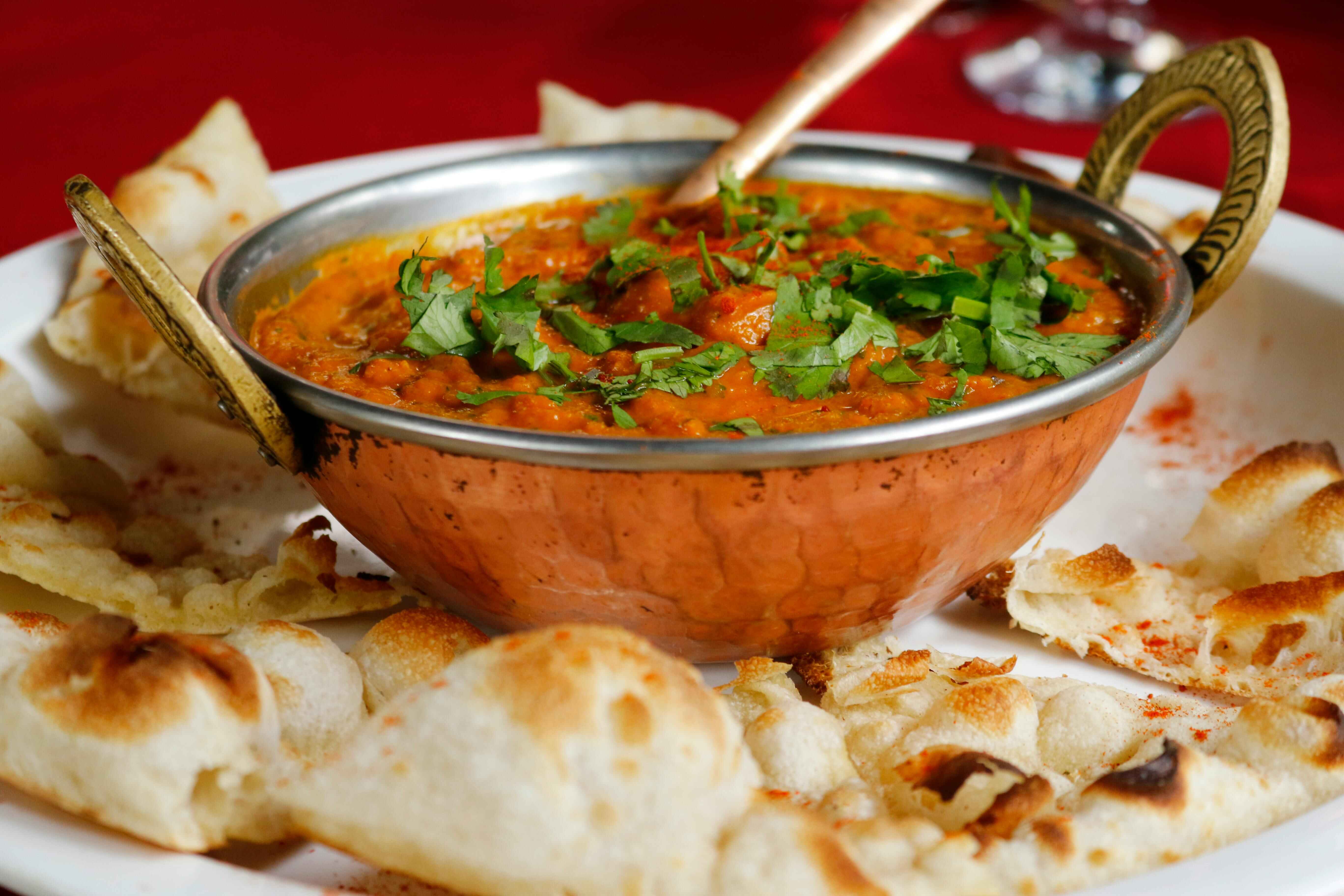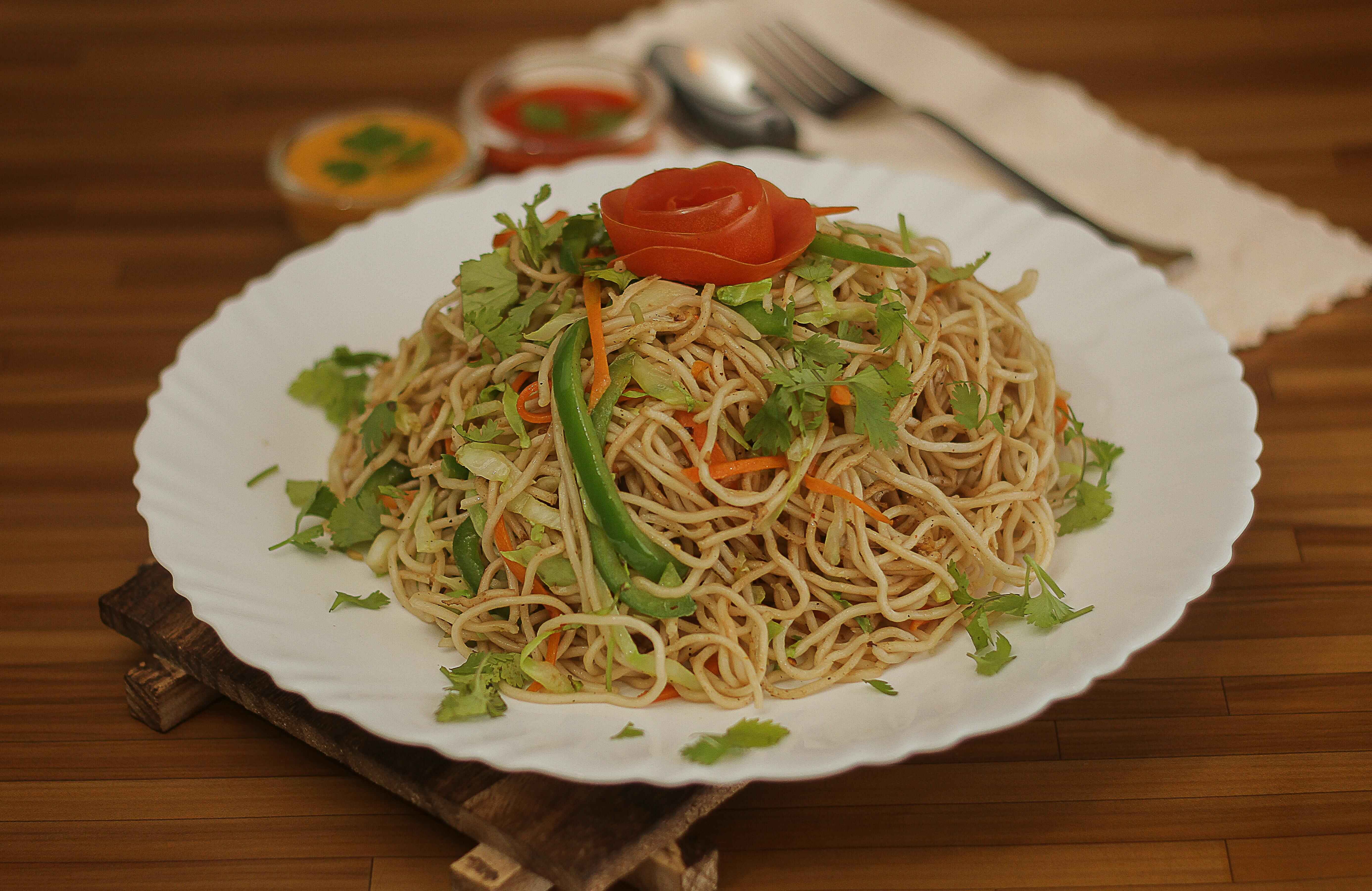A Guide to Regional Indian Cuisine
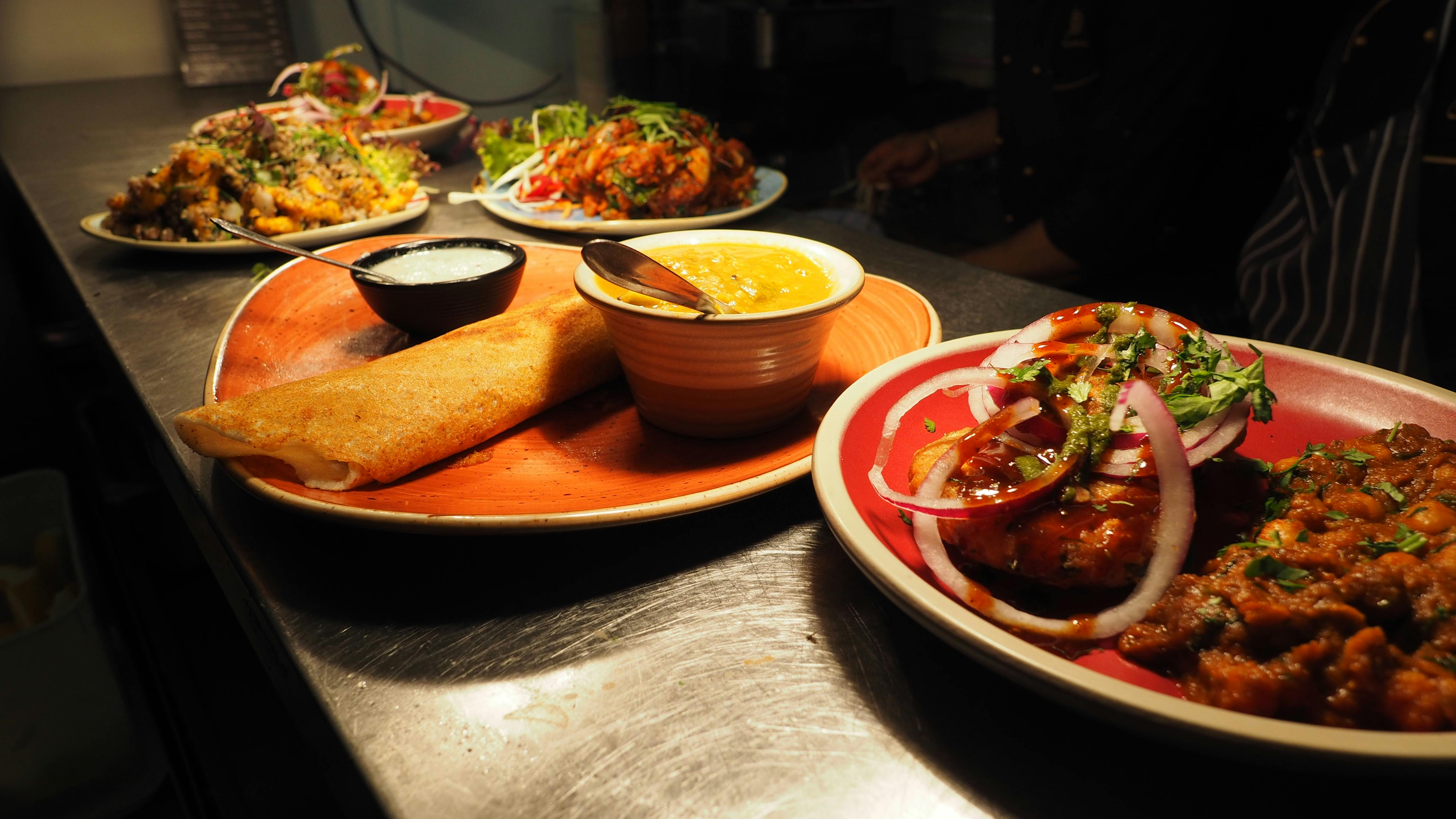
India is geographically so vast and diverse, it only makes sense that that diversity extends to its culture and cuisine. Palates and spices change with regions, within states, cities and even towns and villages. Food has long been held as a sharable form of culture, and Indian food is certainly not an exception.
Due to differences in population and accessibility to the outside world, there are some regions and their foods that are much more popular and visible, such as butter chicken, naan and samosas. However, there are countless foods that deserve their time in the spotlight from the different regions of India. If you’re looking for such food to try, read ahead!
North India
North Indian cuisine is rich and hearty, featuring creamy curries, tandoori dishes, and fragrant rice dishes, along with staples like naan and roti. Its flavors are bold, using spices like cumin, cardamom, and garam masala. Popular dishes include butter chicken, dal makhani, paneer tikka, and a variety of kebabs, which are also the most popular Indian foods in general and are what come to mind when tourists and foreigners visit Indian restaurants.
There still remains much to be discovered. Take, for example, Amritsari kulcha from the state of Punjab, which is potato-stuffed flatbread, or Dhaam, a Himachali thaali eaten at festive occasions and prepared by specialized chefs. There is also Malwa cuisine from the state of Madhya Pradesh, that and Baati Chokha from Uttar Pradesh, which consists of a wheat ball-vegetable curry combo.
Northeast India
Northeast Indian cuisine is distinct, influenced by tribal cultures and indigenous traditions, and also the neighboring Southeast Asia. It emphasizes fermentation, smoked meats, and minimal spices. Rice is a staple, often served with bamboo shoots, leafy greens, or fish. These are more often than not locally sourced and freshly caught.
Examples of such dishes include Nagaland’s smoked pork with axone to Assam’s masor tenga (sour fish curry) and Manipur’s eromba (spicy mashed vegetables with fermented fish), showcasing how this region favors fermentation and natural flavors. The same goes for states like Sikkim, Tripura and Arunachal Pradesh, home to foods like dhindo, wahan mosdeng, and chura sabji, respectively.
West India
The western states’ cuisines range from coastal flavors in Goa and Gujarat, to more earthy styles in Rajasthan and Maharashtra. Goa has a huge variety of seafood and seafood dishes with its flavors a mix of both Indian and Portuguese tastes. Gujarati dishes are known to have sweeter aspects, and include Khandvi, Thepla, Dabeli, and Undhiyu, a vegetable curry that interestingly, is traditionally cooked upside down. Maharashtran food uses a range of flavorings from coconut, kokum, jaggery, and the signature Goda spice blend, to create dishes like misal Pav, puran Poli, thalipeeth, and sol kadhi.
East India
The eastern states have very distinct palates and styles of cooking due to their particular geography that influences their crops and cuisine. Rice is more common than wheat, a trait shared with the southern states, and there is a wider range of meats than in the rest of India, mainly pork and fish. Mustard oil is a very common flavor, and the blend of spices is more subtle than other states.
Spanning the states of West Bengal, Odisha, Bihar, and Jharkhand, the food is flavorful and largely influenced by seasonal produce and local spices. West Bengal is known for shorshe ilish (hilsa in mustard) and machher jhol (fish curry), in addition to sweets like shondesh and patishapta. Odisha offers dalma and chhena poda. Bihar’s litti chokha and Jharkhand’s dhuska and thekua highlight the region’s love for rustic, comforting dishes.
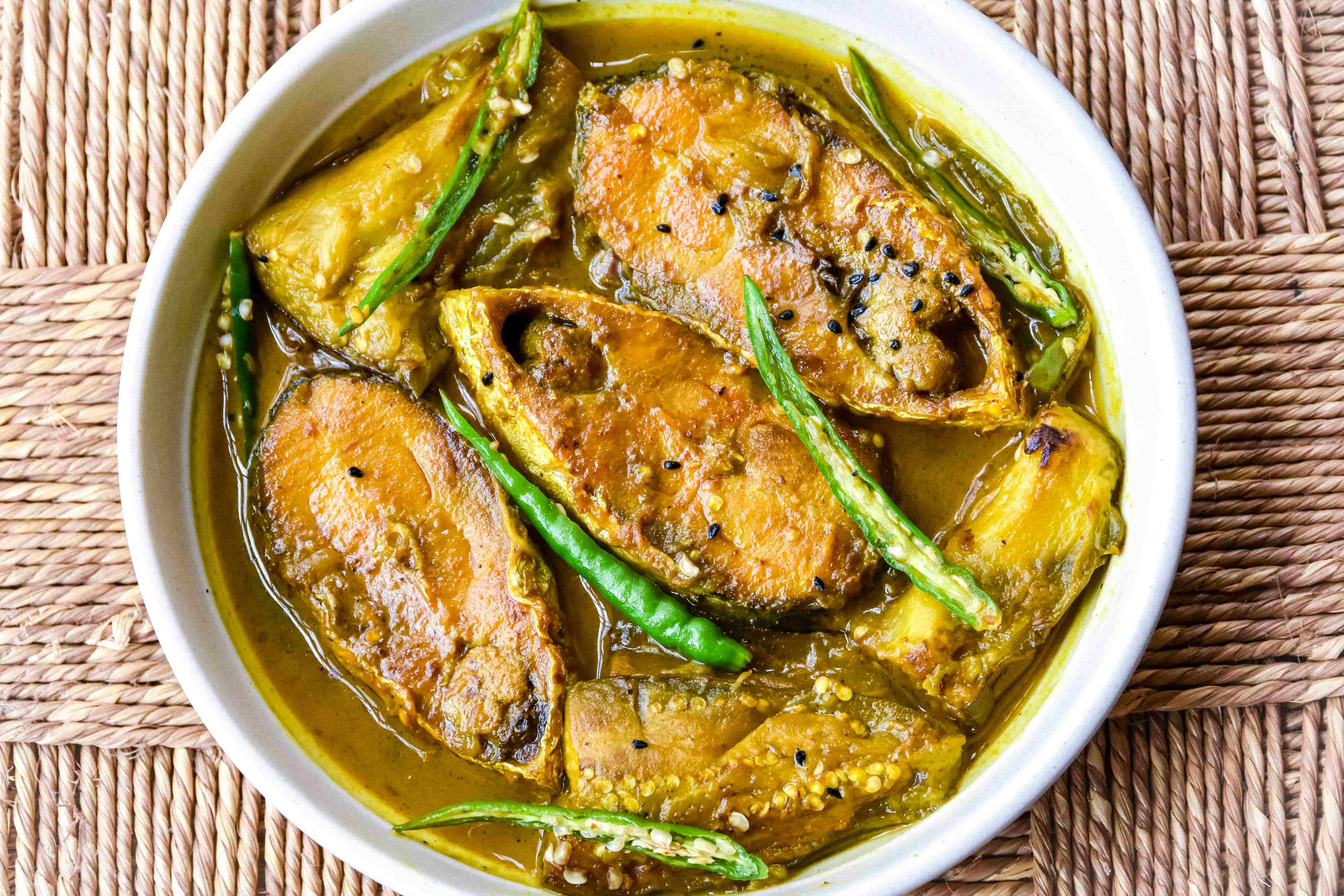
South India
South Indian cuisine is known for its bold flavors, aromatic spices, and generous use of rice, lentils, and coconut. Signature dishes include dosa, idli, sambar, and rasam. Each state—Tamil Nadu, Kerala, Karnataka, and Andhra Pradesh—offers distinct culinary styles, often featuring tangy, spicy, and richly vegetarian preparations with regional flair. Tere are also variants of popular dishes in each state.
Keralan delicacies include Pathiri, Puttu and Kadala curry, Erissery, and Kerala prawn curry. The state of Tamil Nadu has many regional variations of its cuisine, such as Chettinad. Karnataka has dishes such as Kane Rava Fry, Akki Roti, Obattu and Ragi Mudde.
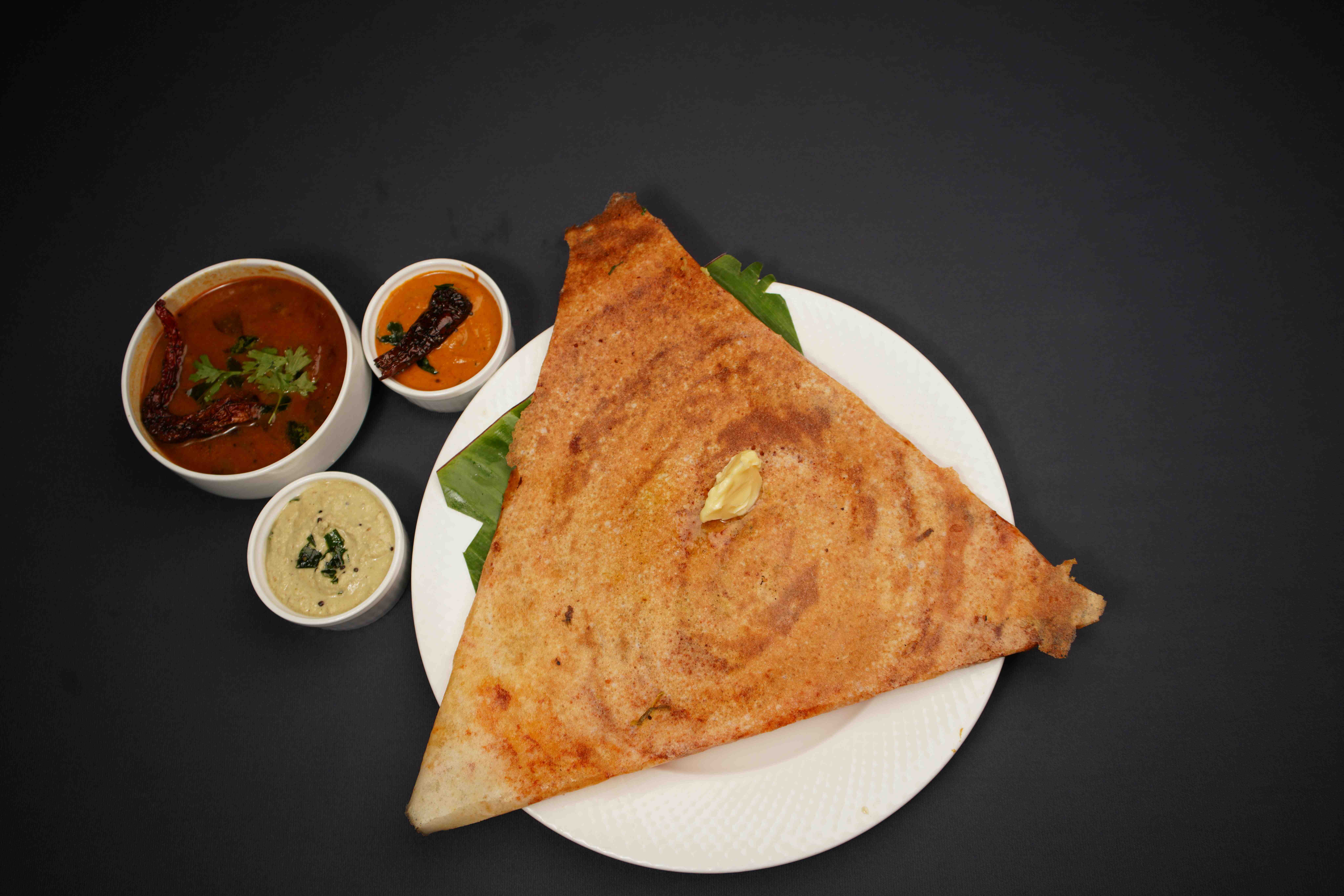
Islands
India’s island cuisine, found in the Andaman, Nicobar, and Lakshadweep islands, features fresh seafood, coconut, and tropical ingredients. Influenced by South Indian and Southeast Asian flavors, dishes include fish curry, coconut rice, and fried seafood. Simple, spicy, and coastal in character, it reflects the laid-back charm of island life.
In the Andaman and Nicobar Islands, dishes like grilled fish with coconut chutney and lobster curry reflect fresh coastal flavors. Lakshadweep cuisine includes tuna curry, maasu podichathu (dried fish mix), and parboiled rice.

